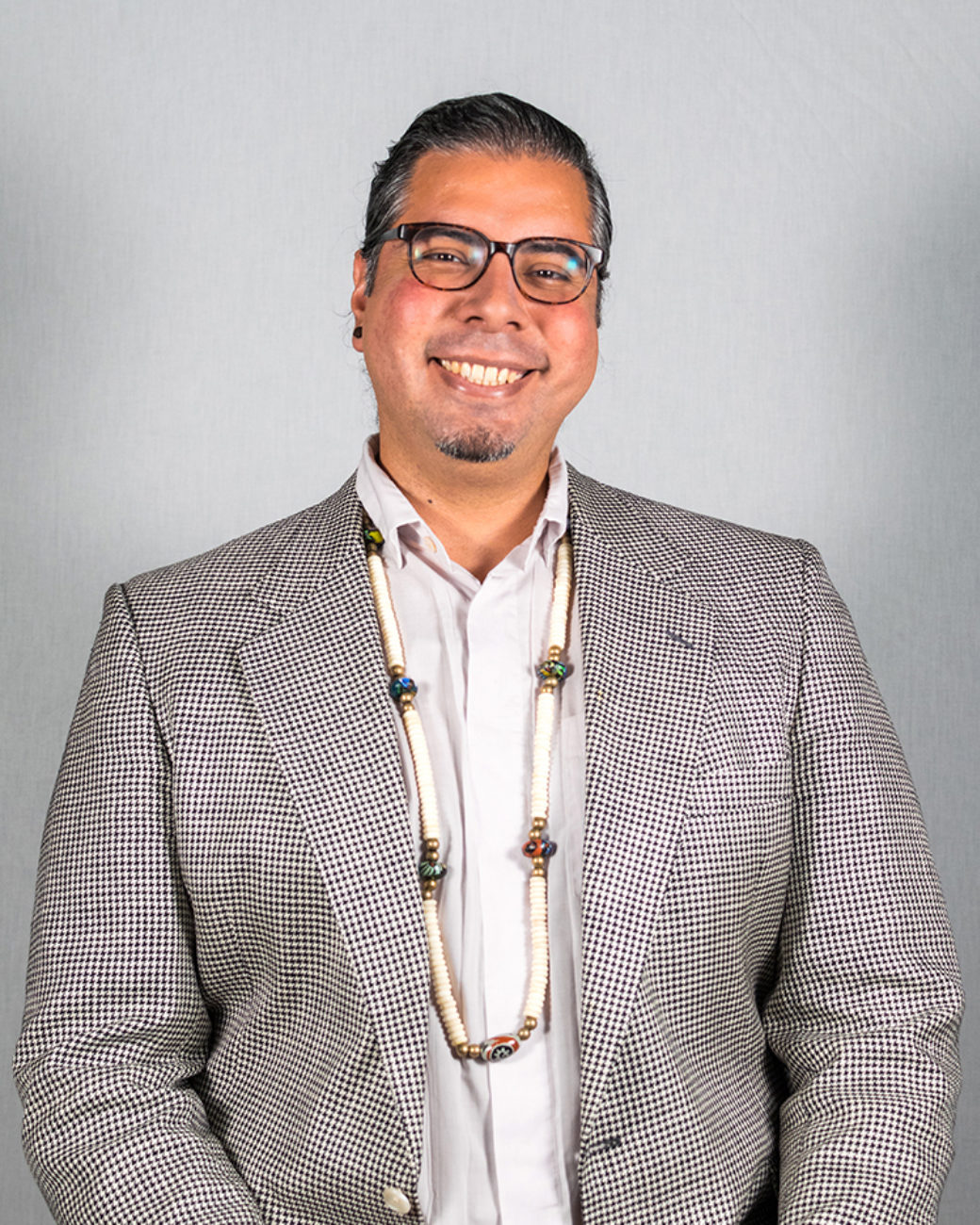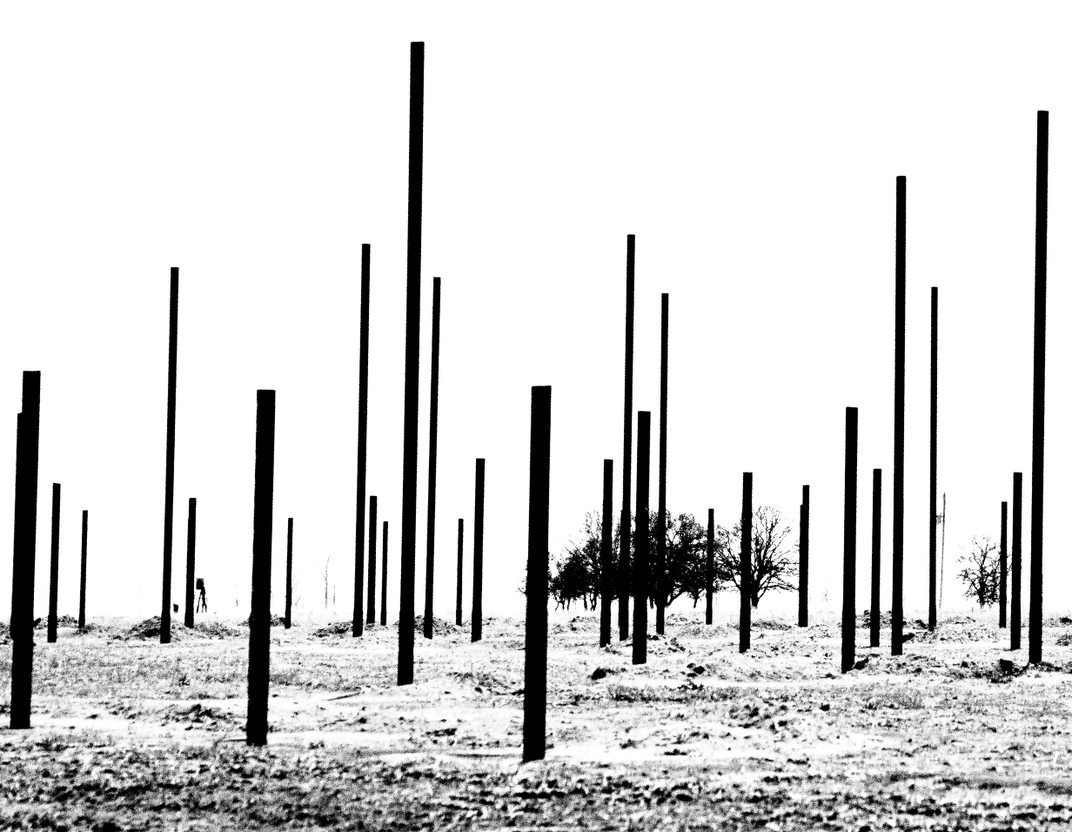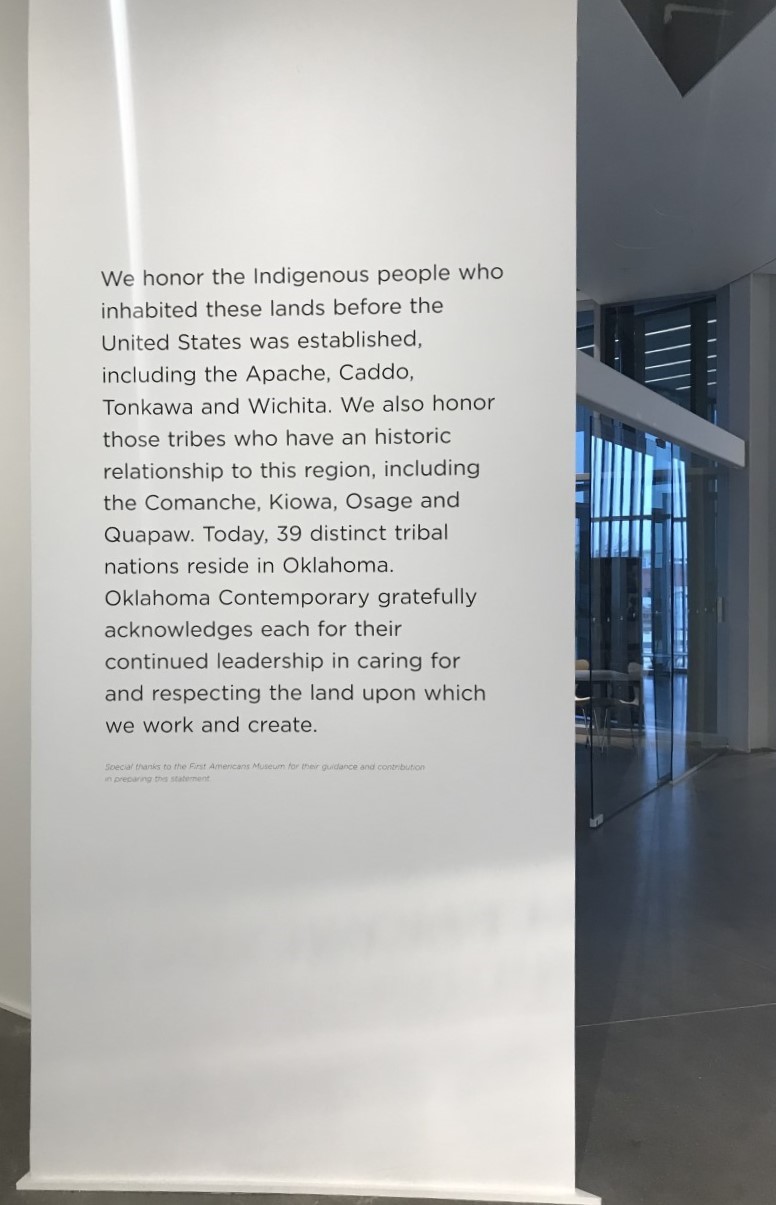
Oklahoma Contemporary Curatorial Fellow Pablo Barrera on the value of bringing Indigenous voices to contemporary art

Last week, Oklahoma Contemporary unveiled its National Poetry Month project with Oklahoma poet, Quraysh Ali Lansana. Lansana’s new composition included crowdsourced submissions from our audiences responding to Tavares Strachan’s artwork, I Belong Here (2012). Strachan’s piece, one of many to be displayed in the now-delayed Bright Golden Haze, marked our initial efforts to promote solidarity through art during the pandemic.
As we enter May, I am invited to reflect on belonging at Oklahoma Contemporary. I Belong Here resonates with my experience as an Indigenous person engaged with the arts; Strachan’s piece remarks on what it is to participate in institutions that often exclude perspectives born from cultural backgrounds similar to my own.
Curators of color, especially Indigenous, are few and far between. Free, nonprofit art centers like Oklahoma Contemporary are among the few spaces in which diverse inner worlds can touch a broader community. Specialized forums for Native American art exist, but to truly put Indigenous knowledge into action, Indigenous voices need to be in rooms where all perspectives are addressed; otherwise, we can never demonstrate just how relevant our views and contributions have been, and can be, to the art world.
Native Americans' presence has been limited to the walls; Indigenous voices were mostly appreciated for their novelty or as gestures at diversity. Decisions on what belonged in exhibitions were commonly decided by hands not intimately related to the understudied philosophies and aesthetics of Indigenous people. Anyone can simply show or mention Native artists, but curating these types of works requires cultural competency beyond connoisseurship. Including Indigenous people at all levels of an art institution should be a valued facet of institutional commitment to contemporary art.
Including Indigenous people at all levels of an art institution should be a valued facet of institutional commitment to contemporary art.
The months leading up to the delayed opening of our new building were a blur of preparations; yet, within that intense time, I found moments where my perspective as an Indigenous colleague was welcomed. I helped ensure that both Bright Golden Haze and Shadow on the Glare responsibly presented the Native American/First Nations artists included. I successfully proposed a panel through our Education department to contextualize some of these artists’ thought-provoking ideas and cultural views examined in their work/practice. I also helped design our land acknowledgement: an Indigenous practice to recognize the living history of place.

Oklahoma Contemporary's land acknowledgement was among our most innovative projects. A crucial aspect of a land acknowledgment is recognizing who belongs to the history that land has witnessed. Communities past, present and future are called together to respectfully declare their relationship to the space we have the privilege to stand upon. Thirty-nine distinct tribal nations reside in Oklahoma: As a state, we are uniquely positioned to investigate and communicate the social relevancy of Indigenous art to our broader contemporary art history and vice versa. Oklahoma Contemporary’s willingness to recognize our region's complex and often-disquieting history humbly set an intention to honor the often-overlooked experience of Indigenous people.
An Indigenous person’s ability to feel fully acknowledged is difficult. Five hundred and sixty-three federally recognized tribes in the U.S. do not make for simple narratives; their experiences entail a mix of trauma and triumph. Consider this month alone: On April 30, Joy Harjo (Muscogee Creek Nation), Oklahoma’s first U.S. Poet Laureate, was named Poet Laureate for a second term; May 5 was National Day of Awareness for Missing and Murdered Indigenous Womxn and Girls, a resolution passed by Congress to honor the life of Hanna Harris (Northern Cheyenne) and a movement to bring an end to violence against Indigenous women. May 12 recalls the 1879 case of Standing Bear v. Crook, which declared Native Americans as human beings for the first time in U.S. history, almost a decade after the first African-American members were elected to Congress. May 28 marks the day in history when Andrew Jackson signed into law the Indian Removal Act of 1830, disenfranchising the five tribes forcibly removed to Oklahoma territory (but also tribes already on the land before they arrived).
Cultural institutions can and should break down reductive, harmful stereotypes. Art became my path to showcase Indigenous people as multidimensional, complex communities; Oklahoma Contemporary was a natural setting to show how Native art's impact extends beyond temporal and geographic delineations
Our new facility expands our scope to unprecedented levels, strengthening our mission to provide free, democratic access to contemporary art. I oversee the Mary LeFlore Clements Oklahoma Gallery: an exhibition floor dedicated to highlighting local artists from the diverse artistic communities found across the state. The inaugural exhibitions Bright Golden Haze and Shadow on the Glare take inspiration from the way our new building’s design responds to the ever-changing Oklahoma sky. Oklahoma’s sky and landscape contain multitudes, compellingly reflected upon by the range of artists within our exhibitions. Indigenous voices belong in any conversation about Oklahoma’s cultural landscape: When refracted through an Indigenous lens, Oklahoma becomes illuminated.
Pablo Barrera (Wixáritari) is Oklahoma Contemporary’s inaugural Curatorial Fellow. He collaborates with local art communities to produce exhibitions and explore innovative strategies to support formal/informal learning of art. He is committed to raising public awareness of Indigenous culture and generating gallery experiences that invite audiences of all backgrounds to engage with art.
Images: Keli Mashburn (Osage). Obstruction (2010). Digitally scanned gelatin silver print. Photo of land acknowledgment by Jennifer Thurman.
Return to New Light.









